Encyclopedia of Local History
AMERICAN ASSOCIATION FOR STATE AND LOCAL HISTORYBOOK SERIES
Series Editor
Russell Lewis, Chicago History Museum
Editorial Advisory Board
Norman O. Burns, II, Maymont Foundation
Jessica Dorman, The Historic New Orleans Collection
Garet D. Livermore, The Farmers Museum
Brenden Martin, Middle Tennessee State University
Thomas A. Mason, Indiana University-Purdue University Indianapolis
Eloise Batic, Indiana Historical Society
Ellen Spear, Heritage Museums & Gardens
Ann Toplovich, Tennessee Historical Society
Barbara B. Walden, Community of Christ Historic Sites Foundation
Staff
Bob Beatty, AASLH
Marissa M. Parks, AltaMira Press
About the Series
The American Association for State and Local History Book Series publishes technical and professional information for those who practice and support history, and addresses issues critical to the field of state and local history. To submit a proposal or manuscript to the series, please request proposal guidelines from AASLH headquarters: AASLH Book Series, 1717 Church St., Nashville, Tennessee 37203. Telephone: (615) 320-3203. Fax: (615) 327-9013. Website: www.aaslh.org.
About the Organization
The American Association for State and Local History (AASLH), a national history organization headquartered in Nashville, TN, provides leadership, service, and support for its members, who preserve and interpret state and local history in order to make the past more meaningful in American society. AASLH is a membership association representing history organizations and the professionals who work in them. AASLH members are leaders in preserving, researching, and interpreting traces of the American past to connect the people, thoughts, and events of yesterday with the creative memories and abiding concerns of people, communities, and our nation today. In addition to sponsorship of this book series, the Association publishes the periodical History News , a newsletter, technical leaflets and reports, and other materials; confers prizes and awards in recognition of outstanding achievement in the field; and supports a broad education program and other activities designed to help members work more effectively. To join the organization, go to www.aaslh.org or contact Membership Services, AASLH, 1717 Church St., Nashville, TN 37203.
Encyclopedia of Local History
Second Edition
Edited by Carol Kammen and Amy H. Wilson
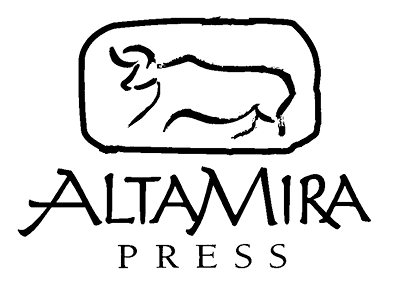
A Division of
Rowman & Littlefield Publishers, Inc.
Lanham New York Toronto Plymouth, UK
Published by AltaMira Press
A division of Rowman & Littlefield Publishers, Inc.
A wholly owned subsidiary of The Rowman & Littlefield Publishing Group, Inc.
4501 Forbes Boulevard, Suite 200, Lanham, Maryland 20706
www.rowman.com
10 Thornbury Road, Plymouth PL6 7PP, United Kingdom
Copyright 2013 by AltaMira Press
All rights reserved . No part of this book may be reproduced in any form or by any electronic or mechanical means, including information storage and retrieval systems, without written permission from the publisher, except by a reviewer who may quote passages in a review.
British Library Cataloguing in Publication Information Available
Library of Congress Cataloging-in-Publication Data
Encyclopedia of local history / edited by Carol Kammen and Amy H. Wilson.2nd ed.
p. cm.(American Association for State and Local History book series)
ISBN 978-0-7591-2048-8 (cloth : alk. paper)ISBN 978-0-7591-2050-1 (electronic)
1. United StatesHistory, LocalResearchEncyclopedias. 2. United StatesHistoriographyEncyclopedias. I. Kammen, Carol, 1937 II. Wilson, Amy H., 1965
E180.K25 2013
973.072dc23 2012019354
 The paper used in this publication meets the minimum requirements of American National Standard for Information SciencesPermanence of Paper for Printed Library Materials, ANSI/NISO Z39.48-1992.
The paper used in this publication meets the minimum requirements of American National Standard for Information SciencesPermanence of Paper for Printed Library Materials, ANSI/NISO Z39.48-1992.
Printed in the United States of America
Introduction
Encyclopedias are made to define a field. They indicate what aspects of knowledge fit into a particular mold and they prove useful to those seeking guidance. This second edition of the Encyclopedia of Local History , rather than setting up parameters to contain the field of state and local history, suggests permeable lines through which much leaks back and forth. State and local history can be narrowly defined as to how a municipality changed over time and the ways in which it has been consistent, but this field is much broader in historical scope than that, more inclusive of source and type of question, more elusive of achieving a firm definition. This book proves that.
Local history allows many interpretations. It is flexible and it is not just national history writ small as some have suggested. Local history is the study of past events, or of people or groups, in a given geographic areaa study based on a wide variety of documentary evidence and placed in a comparative context that should be both regional and national. Such a study ought to be accomplished by a historian using methods appropriate to the topic under consideration while following general rules of historical inquiry: open-mindedness, honesty, accountability, and accuracy. This definition legitimizes all sorts of research projects. Local history is, at its heartas is history itselfthe study of the human condition in and through time. This is reflected in this volume.
Second editions are often updates of the original. In the case of this volume, we have added new dimensions by providing capsule historical biographies of all the states in the United States, the territory of Guam, and all the Canadian provinces. These stunning documents show how our history has been regarded over time, and also contemporaneously. Nowhere else is there such a record and these biographies, taken together, will provide a benchmark of the regard, and sometimes the disregard, that people have shown their own history. This picture of local and state history is enhanced by essays about the practice of history in other English-speaking countries, so included here are brief sketches of England, Scotland, Ireland, Wales, New Zealand, Australia, and Canada.
There are certainly differences in the practice of history from one state to another, and among the provinces, and even among nations, but there are also a number of patterns that appear. There are organizational similarities, and some that are developmental; thematically there is the relatively recent recognition of the history of first peoples, the recognition of diversity of all sorts, an interest in the meaning of place, of a places environmental situation.
What also emerges is a picture of the stresses on history today and how historical organizations in particular face the threat posed by over-organizing, just as much of North America was over-churched in the nineteenth century. There is the worry, too, about the lack of long-range planning and financial stringency among new organizations. At the same time, there are exciting trends evident in the museum world, and in so many ways, technology has changed just about everything by expanding the use of documents and increasing the participatory audience for history. Do not miss Max van Balgooys essay about the challenges house museums face in the twenty-first century.
There are also some important contrasts between how history is regarded from country to country. One of the most striking is that local history in England, Ireland, Scotland, and Wales is regarded as a field to be studied with classes offered at the university level and also for amateurs, and there is some connection between the two groups. In the United States public historians have become universally useful and arrive in organizations with sophisticated education, but there is little attempt to provide educational materials for the large number of amateurs, or lovers of their local history, spread around the country. A similarity today between countries is the waning of requirements for history in the public schools, noted in the essays about Ireland and Wales in particular, and also to be found throughout the essays about states in the United States. Everywhere the financial situation of historical studies is strained.

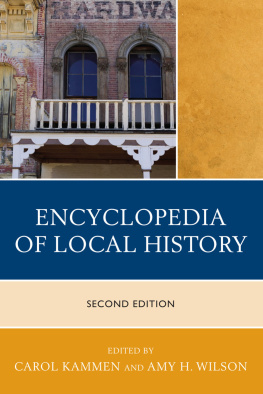

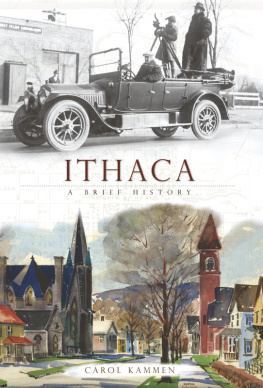
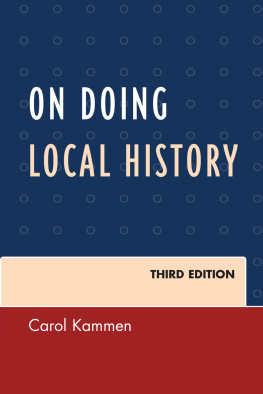
![Mark J. P. Wolf (editor) - Encyclopedia of Video Games: The Culture, Technology, and Art of Gaming [3 volumes]](/uploads/posts/book/279290/thumbs/mark-j-p-wolf-editor-encyclopedia-of-video.jpg)


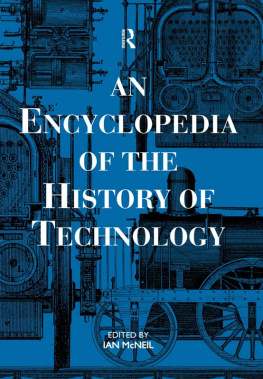


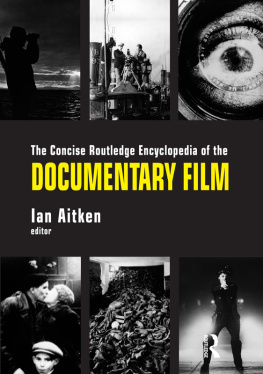

 The paper used in this publication meets the minimum requirements of American National Standard for Information SciencesPermanence of Paper for Printed Library Materials, ANSI/NISO Z39.48-1992.
The paper used in this publication meets the minimum requirements of American National Standard for Information SciencesPermanence of Paper for Printed Library Materials, ANSI/NISO Z39.48-1992.